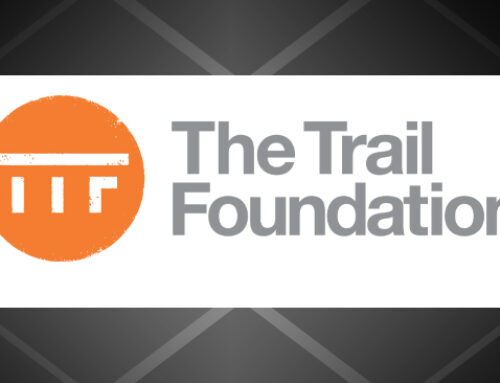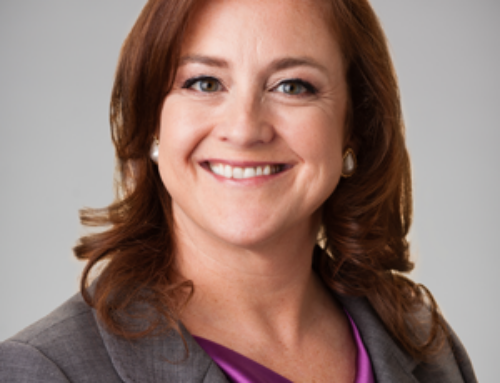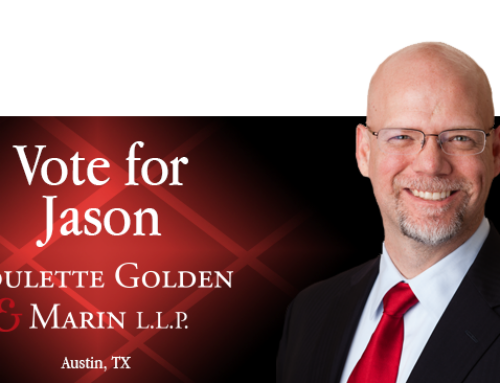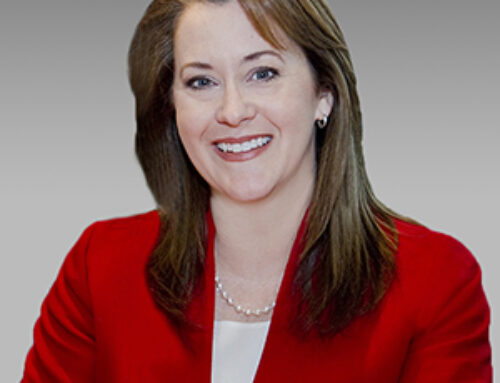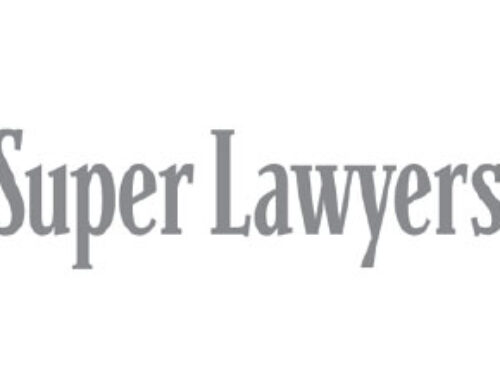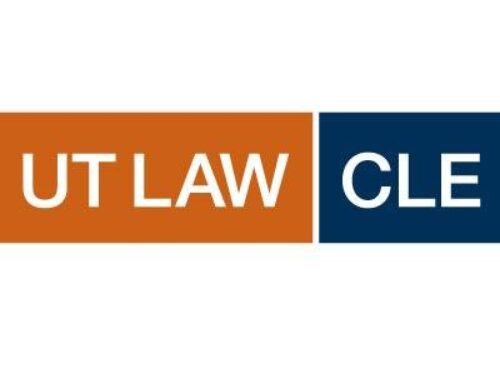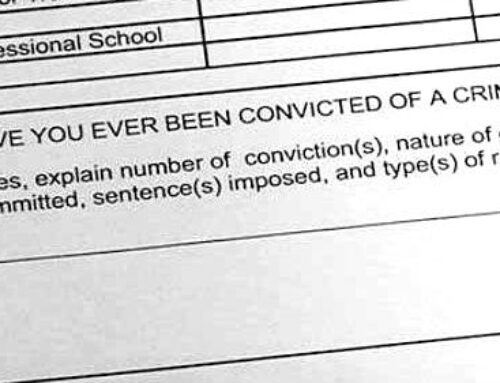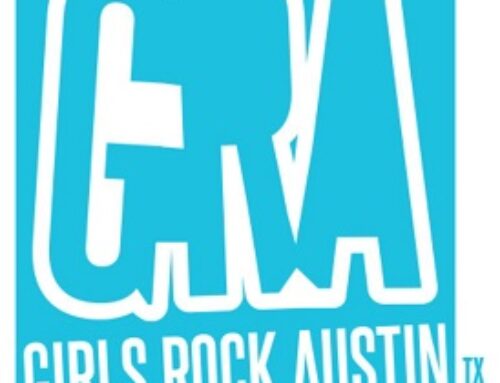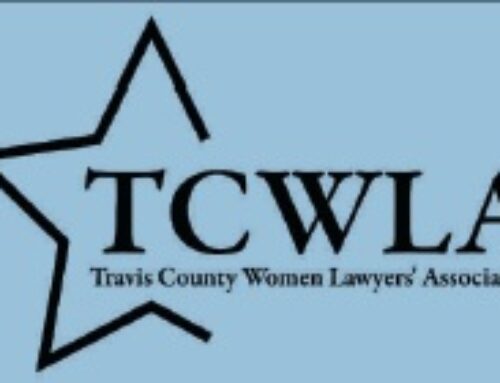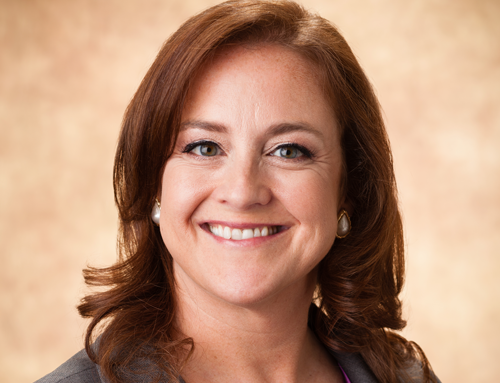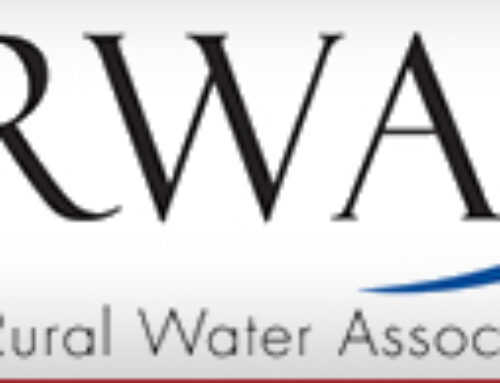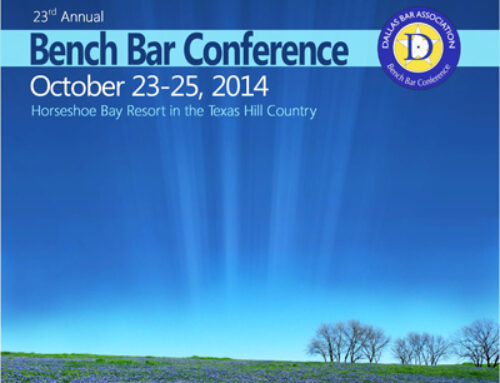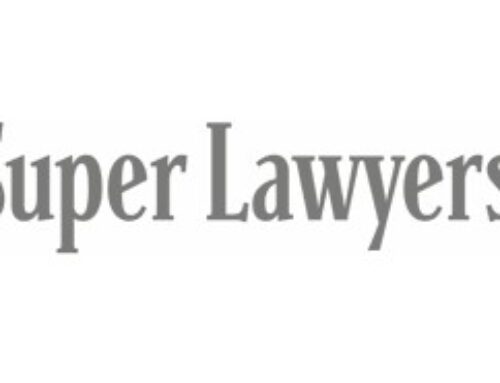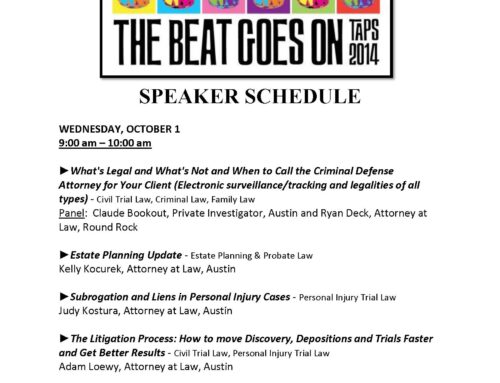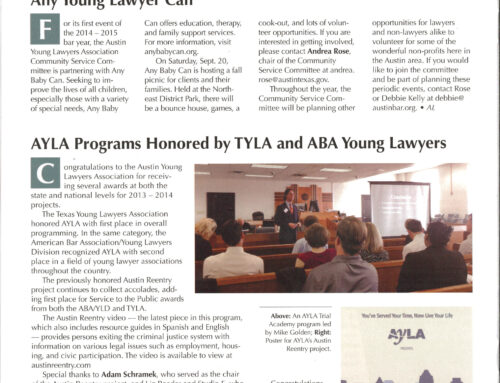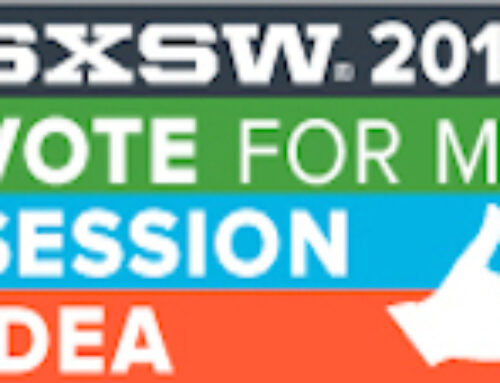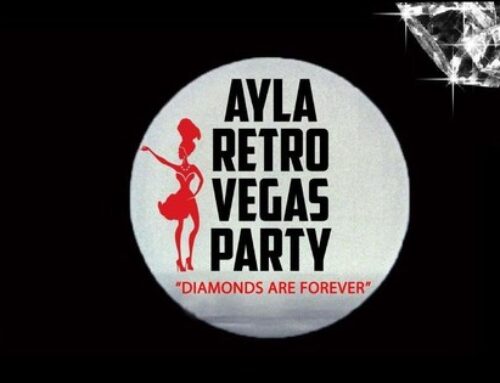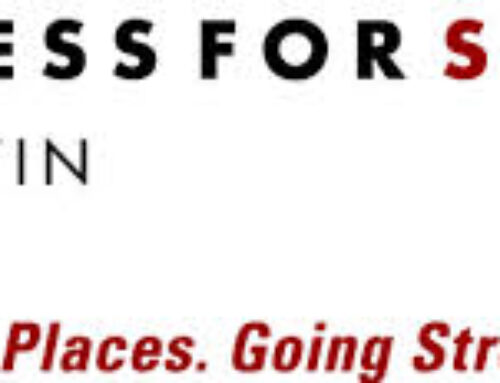Thinking about breastfeeding is not usually on the top of an employer’s to-do list. However, for employers covered by the Fair Labor Standards Act (“FLSA”), it is a topic that cannot be ignored.
The Patient Protection and Affordable Care Act passed in 2010 changed that. Now FLSA covered employers have to give consideration to breastfeeding and whether or not their policies and worksites take it into account. Unfortunately, not every question about the implementation of the new requirements is covered by the law.
Below is a discussion of some of the more interesting (from an employment lawyer’s perspective) implications of these new requirements.
Break Time and Space – Section 4207 of the Patient Protection and Affordable Care Act amended Section 207 of the FLSA to require employers to provide:
- Non-exempt employees with a reasonable break time to express breast milk for one year after the birth of the employee’s child; and
- “[A] place, other than a bathroom, that is shielded from view and free from intrusion from coworkers and the public, which may be used by an employee to express breast milk.”[1]
Exempt Employees – Notably, “exempt” employees are exempt from the requirements of Section 207 of the FLSA, the section that requires the payment of minimum wage and overtime. As a result, exempt employees are technically not covered by the new requirements.[2] That said, many employers provide such time as a matter of policy, without regard to technical legal requirements.
Private Space Flexibility – Even though the law has clear requirements employers have flexibility to meet their obligation to provide a place for breastfeeding. As long as the breastfeeding area is not a bathroom and is “shielded from view and free from intrusion from coworkers and the public,” it meets the requirements of the law. For example, the Department of Labor (“DOL”) has opined that where “it is not practicable for an employer to provide a room, the requirement can be met by creating a space with partitions or curtains.”[3] As long this non-permanent place has a way to ensure privacy such as a sign to designate that the place is in use the employer can meet its obligations according to the language of the law.[4] This sort of arrangement might be awkward, (a few engineers sharing a single trailer at a construction worksite for instance) and could result in a nursing employee preferring to use the bathroom. An employer with this sort of arrangement will want to be careful to document its compliance to provide a proper space under the law.
No Lactating Employees, No Space Needed – Obviously, without an obligation to provide a permanent place, there is no requirement to provide a space when no covered employee is lactating.[5] Additionally, it seems the requirement to provide a space is tied to the use “by an employee to express breast milk.”[6] Since exempt employees are not covered by Section 207, employers are likely only obligated by the FLSA to provide a space if the employee who needs to express breast milk is non-exempt.
Undue Hardship Exemption – Section 207 has an “undue hardship” exemption for employers with fewer 50 employees. If the exemption is met the employer does not have to comply at all with the breastfeeding rules.[7] The exemption is an affirmative defense and requires the employer demonstrate that the requirements would impose an under hardship by causing significant difficulty or expense in relation to the size, financial resources, nature, or structure of the employer’s business.[8] Practically speaking, because there has been very little guidance from either the DOL or the courts on the contours of the exemption, eligible employers should rely on it with caution.
Off-site Compliance – It may be difficult for an employer to comply with the private space requirement when it comes to employees who work at a remote location or at a worksite not under the employer’s direct control (e.g., a customer site). Moreover, unlike the Family and Medical Leave Act, Section 207’s requirements and its hardship exemption appear to apply based on total employee count without regard to the number of employees located at a particular worksite. Indeed, the Department of Labor (“DOL”) has confirmed that “covered employers must count all employees who work for the employer, including all work sites, when determining whether [the undue hardship] exemption might apply.”[9] The DOL has explicitly stated that even when an employee is located at a client’s worksite the employer is obligated to provide the space “regardless of where the employee is located” and the DOL “recommends that the employer arrange with the client to allow the employee to use a space at the client’s site.”[10]
Open Question on Liability – Obviously, we encourage employers to comply with all their obligations under the FLSA. However, if an employer were to inadvertently violate this subsection, there is some question as to what the remedy would be since the FLSA was designed to ensure the correct payment of statutorily required wages. Of course, employers should comply with this law and not end up as a test case for employer liability.
State Laws – This recently-added requirement explicitly does not preempt any State law that provides greater protections to employees.[11] Of course, because the lactation protections of the FLSA do not preempt State lactation protection laws, employers must be careful to make sure that they do not have greater obligations under State laws where they operate.













